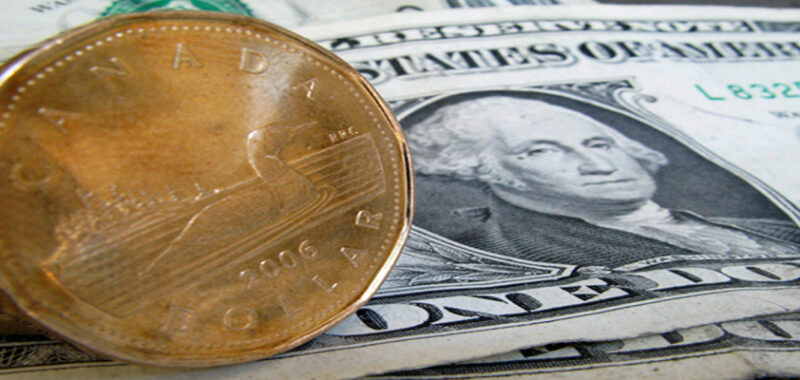– Trudeau’s resignation helps drive Loonie higher
– Trump denies story about easing tariff plans.
– US dollar steady but trading with a soft bias-for now
USDCAD: open 1.4305, overnight range 1.4298-1.4350, close 1.4331, WTI $73.81, Gold, $2634.45
The Canadian dollar is hanging on to most of yesterday’s gains. A Washington Post story claiming that incoming President Donald Trump was considering paring back his tariff proposals sparked widespread US dollar selling. The greenback has maintained its losses even after Mr Trump refuted the report. “He said That is wrong. The Washington Post knows it’s wrong. It’s just another example of Fake News.”
The Canadian dollar also benefited from Prime Minister Justin Trudeau’s resignation. Trudeau said he will resign as Liberal Party leader after the leadership convention and then prorogued parliament.
Traders are looking ahead to today’s ISM Services PMI report which is expected to tick up to 53.3 from 52.1 which could reenergize the US dollar.
Global equity markets are generally climbing, with S&P 500 futures holding steady and the US dollar trading with a negative bias.. The moves appear to be more noise than substance, with traders reacting to headlines about tariffs and the challenges facing governments globally. This provides a temporary distraction from the lack of significant US economic data, which remains the main driver for markets.
EURUSD is trading in a 1.0376-1.0435 range and near its session low. Support from slightly higher Eurozone inflation, which rose to 2.4% y/y in December has faded and traders have reverted to worrying about tariffs.
GBPUSD saw gains driven by broad US dollar weakness yesterday, trading in a 1.2040-1.2576 range overnight. However, the rally might is fading partly due to the news that UK retailers are planning significant layoffs following underwhelming Christmas sales. The BRC highlighted that UK total retail sales for 2024 rose by 0.7% from 2023, with food sales increasing by 3.3% and non-food sales dropping by 1.5%.
USDJPY traded poorly after peaking at 158.42. Prices plunged to 157.38 following verbal intervention from Japan’s Finance Minister Katsunobu Kato. His remarks about the government’s concerns over forex developments hinted at potential Bank of Japan intervention. Nonetheless, the pair remains influenced by widening interest rate differentials between Japan and the US.
AUDUSD hovers near the upper end of its 0.6239-0.6289 range, supported by the broadly weaker US dollar. The pair remains buoyed by optimism that Trump might soften his stance on tariffs, despite his contradictory statements.

